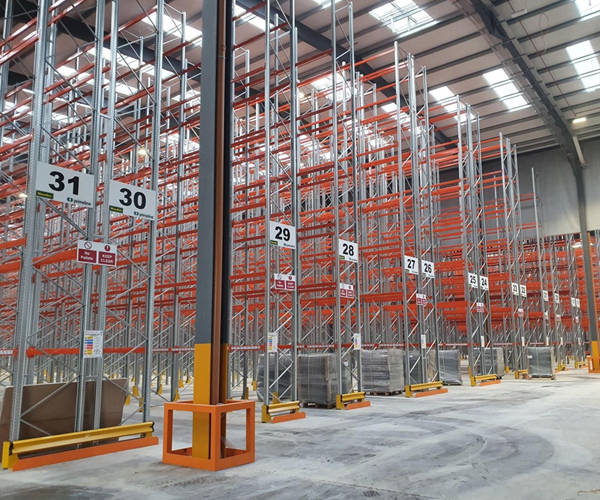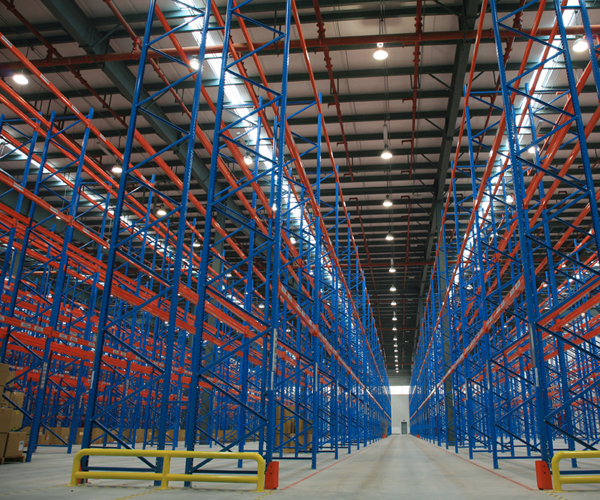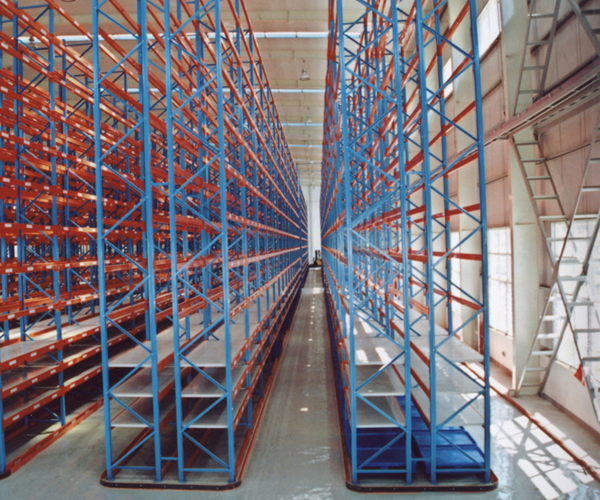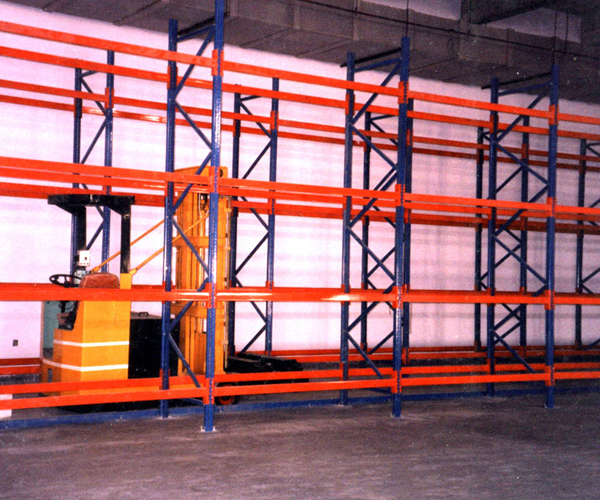

Selective Pallet Racking
GLOBAL Selective Pallet Racking is one of the most common warehouse storage systems, ideal for storing palletized goods. Its greatest advantage is the ability to access each pallet independently without moving others, with adjustable height, width, and depth to accommodate various product sizes. It's perfect for environments requiring frequent access, with straightforward installation and maintenance.
Selective Pallet Racking is one of the most common warehouse storage systems, primarily used for storing palletized goods. Here's a basic introduction:
Structure and Function:
Frame Structure: Comprised of vertical uprights and horizontal beams. The uprights typically have multiple holes for adjusting the height of the beams.
Pallet Storage: Each beam can support one pallet. Goods are accessed directly by forklifts, and the rack design allows for only one layer of goods per level, ensuring direct access to each pallet.
Characteristics:
High Selectivity: As the name suggests, Selective Pallet Racking allows access to each pallet, which is its greatest advantage. Any pallet can be removed without moving others.
Space Utilization: Although it provides maximum accessibility, its space utilization is relatively low compared to some dense storage systems.
Flexibility: The rack height, width, and depth can be adjusted as needed to accommodate various sizes of pallets or goods.
Applicable Scenarios:
Small Batch, Multi-Variety: Suitable for warehouses where different types of goods need to be accessed frequently, as you can quickly locate and retrieve items from any pallet.
Fast Turnover: Ideal for situations where goods need to be turned over quickly, such as in retail distribution centers.
Advantages:
Fast access speed, suitable for environments requiring frequent access.
Installation and maintenance are relatively simple.
Disadvantages:
Lower storage density, occupying more floor space.
Not the best option if warehouse space is limited.
Installation and Maintenance:
Installation: Usually requires a professional team since stability and safety of the racks need to be ensured.
Maintenance: Regular checks on structural integrity are necessary, especially in areas with frequent forklift operations which might cause wear.
If your warehouse requires higher storage density, you might need to consider other types of racking systems, such as Push-Back Racking or Automated Storage and Retrieval Systems (AS/RS). However, for most small to medium-sized enterprises or warehouses needing high selectivity, Selective Pallet Racking is a good choice.






